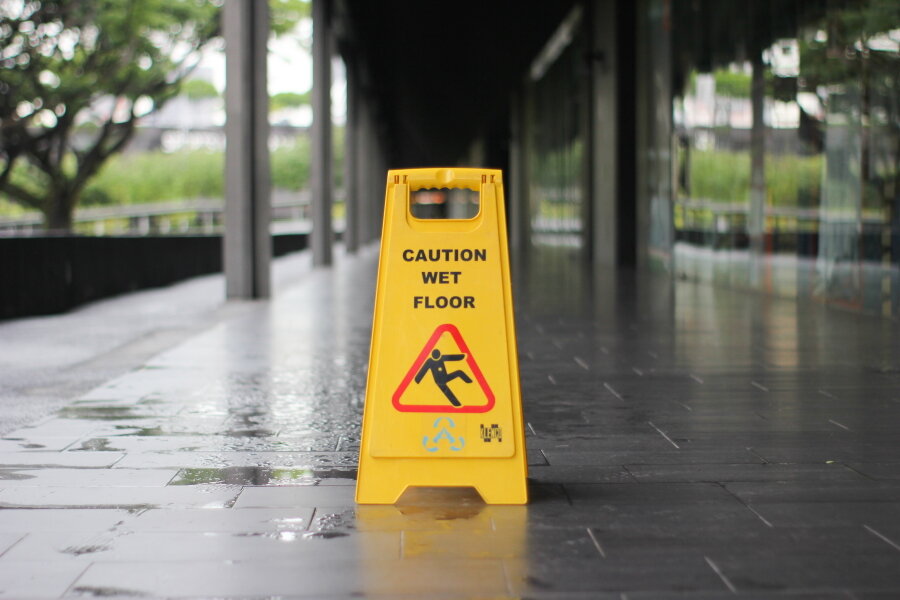Today, the Washington Supreme Court expanded the liability of landowners for unsafe conditions on their premises.
The general rule in Washington has been that, with respect to invitees (e.g. customers of a business), a landowner has a duty to discover a dangerous condition where there is either actual notice or constructive notice, and a reasonable time to correct the condition. Mucsi v. Graoch Assocs. Ltd. P’ship No. 12, 144 Wn.2d 847, 863, 31 P.3d 684 (2001). Once they are on notice, they then have the duty to enact reasonably repairs, safeguards, or warnings. Id. at 856.
Actual notice is exactly what it sounds like — the landowner actually knew of the dangerous condition. Constructive notice is when the unsafe condition has “existed for such time as would have afforded [the landowner] sufficient opportunity, in the exercise of ordinary care, to have made a proper inspection of the premises and to have removed the danger.” Id. at 859 (quoting Iwai v. State, Employment Sec. Dep’t, 129 Wn.2d 84, 96, 915 P.2d 1089 (1996).
In some cases, neither actual nor constructive notice is required, so long as the danger was “reasonably foreseeable. Trueax v. Ernst Home Center, Inc., 70 Wn. App. 381, 387-88, 853 P.2d 491 (1993), as amended on denial of reconsideration (Aug. 12, 1993), rev’d on other grounds, 124 Wn.2d 334, 878 P.2d 1208 (1994). Historically, this exception has generally been limited to self-service retailing, due to the “special problems” associated with it. Pimentel v. Roundup Co., 100 Wn.2d 39, 48, 666 P.2d 888 (1983). For instance:
[i]t is much more likely that items for sale and other foreign substances will fall to the floor…. Customers are naturally not as careful in handling the merchandise as clerks would be….
An owner of a self-service operation has actual notice of these problems. In choosing a self-service method of providing items, he is charged with the knowledge of the foreseeable risks inherent in such a mode of operation….
Iwai, 129 Wn.2d at 99. Not only did this exception require that the injury occur in a self-service context, there also needed to be be “a relation between the hazardous condition and the self-service mode of operation of the business.” Ingersoll v. DeBartolo, Inc., 123 Wn.2d 649, 654, 869 P.2d 1014 (1994). In other words, slipping on a grape in the grocery store would qualify for the self-service exception. Getting hit on the head by a falling ceiling tile would not.
Past Supreme Court decisions have left it somewhat ambiguous whether and how far the “reasonable foreseeability” test would apply outside of the self-service context. Today’s decision by the Supreme Court changes all that. The case involved a person who, on a wet and rainy day, slipped and fell just as they stepped off the entryway mat onto the waxed linoleum floor of a liquor store. The wetness of the floor had nothing to do with any self-service aspect of the store.
Even so, the Court turned the “self-service exception” into “a general rule that an invitee may prove notice with evidence that the ‘nature of the proprietor’s business and his methods of operation are such that the existence of unsafe conditions on the premises is reasonably foreseeable.” In other words, if it was reasonably foreseeable to the business that the floor could get wet and slippery on a rainy day, it had a duty to take reasonable precautions.
This is an amazing victory, as it means that people who are injured by a dangerous condition in a business now have two clear paths to prove liability — either by proving notice, or by proving the condition was reasonably foreseeable regardless of notice.
Contact us here or email Lisa Benedetti with questions about premises injury cases.
